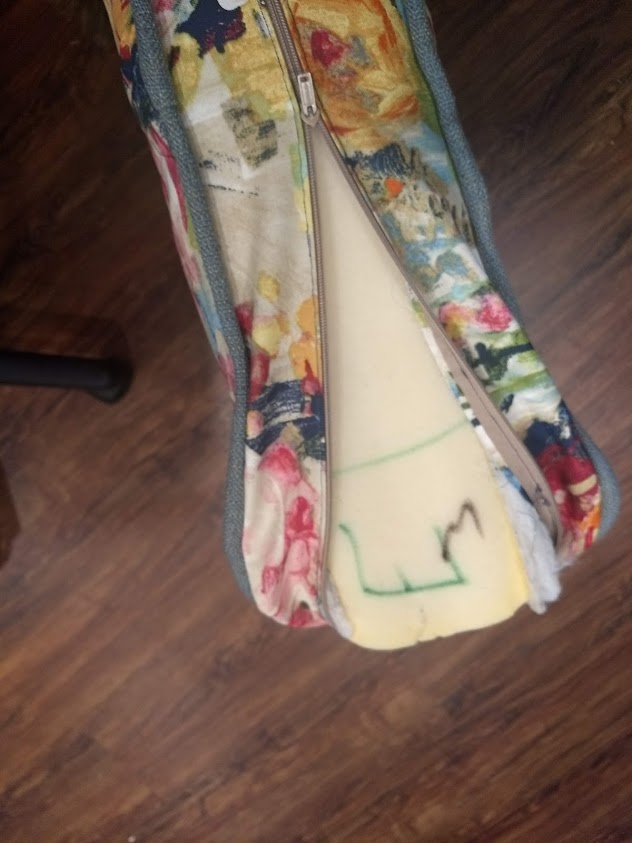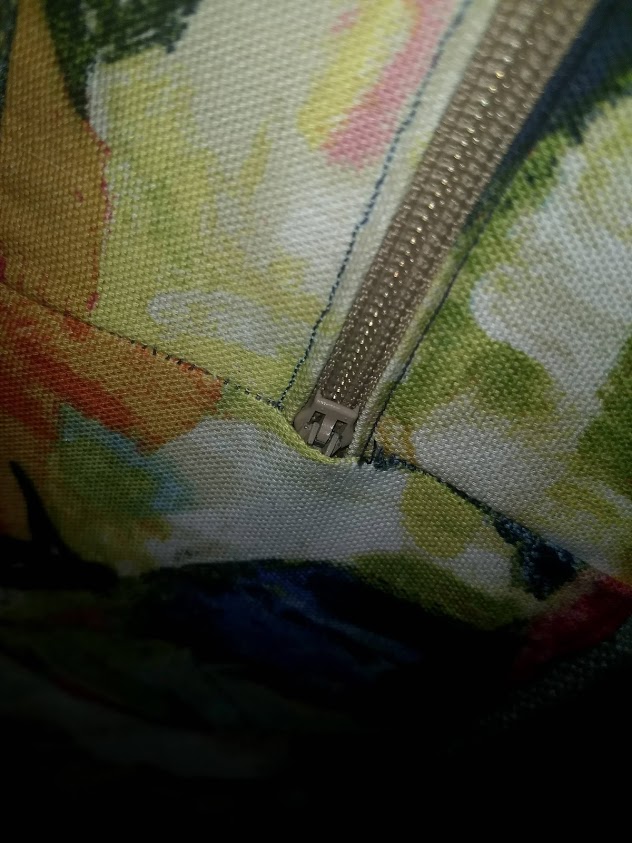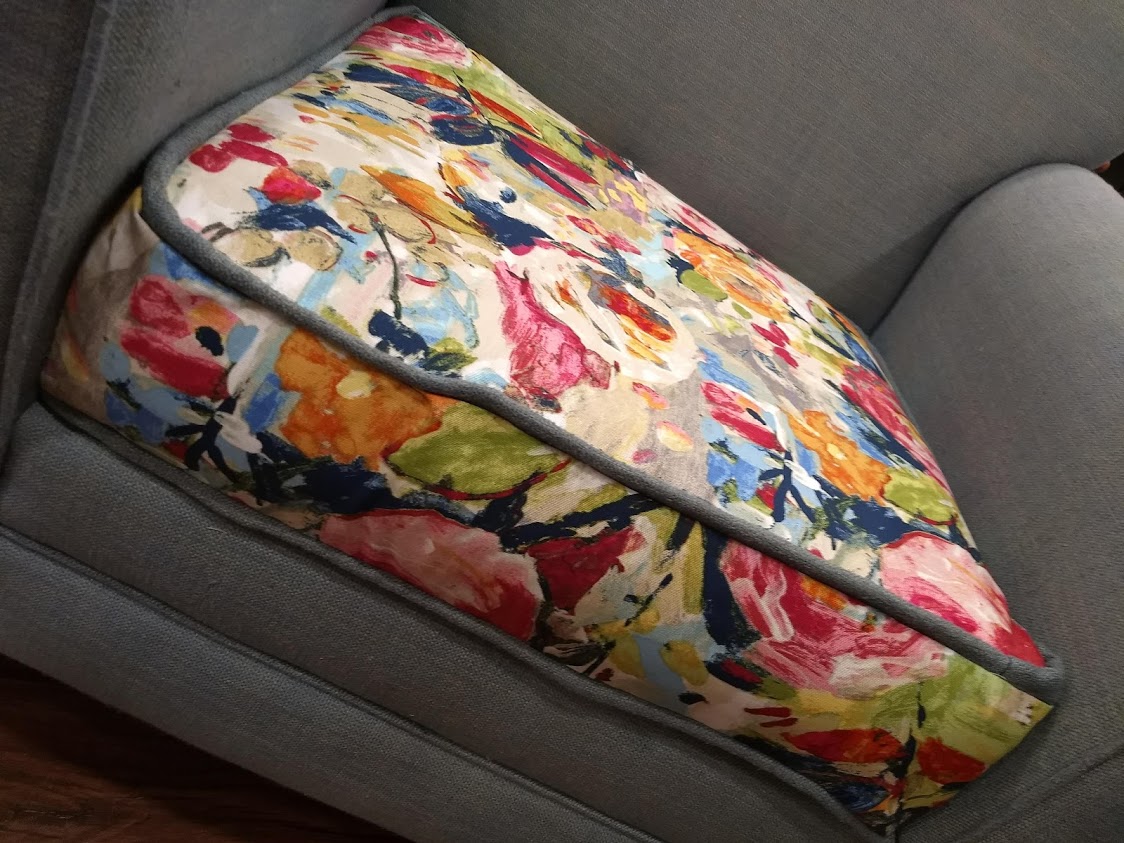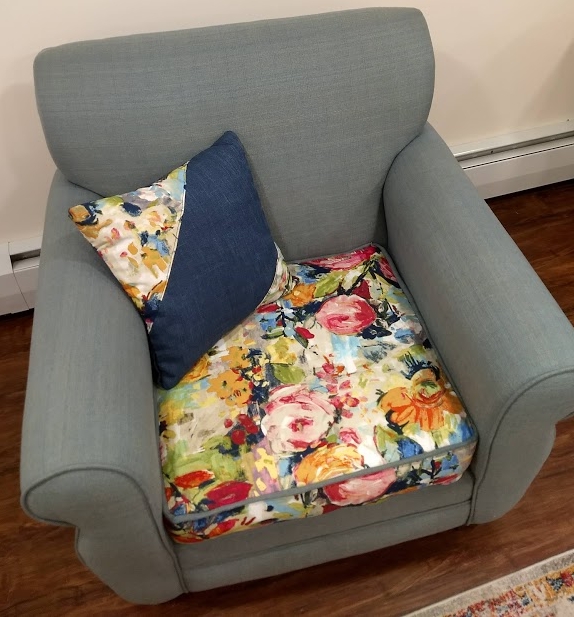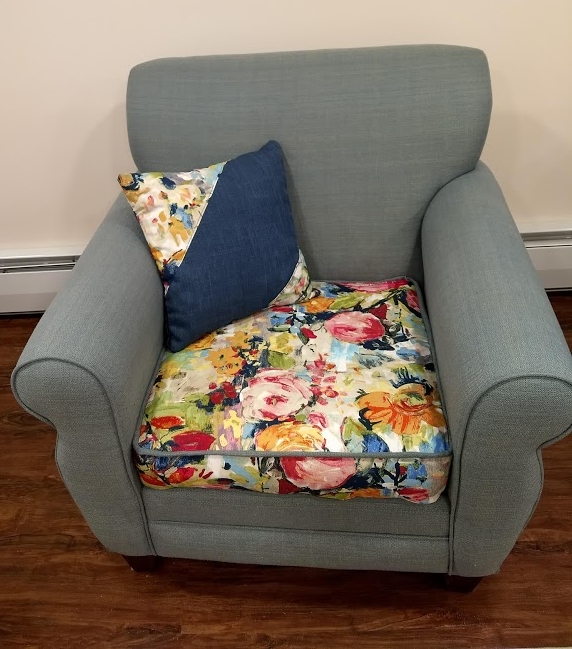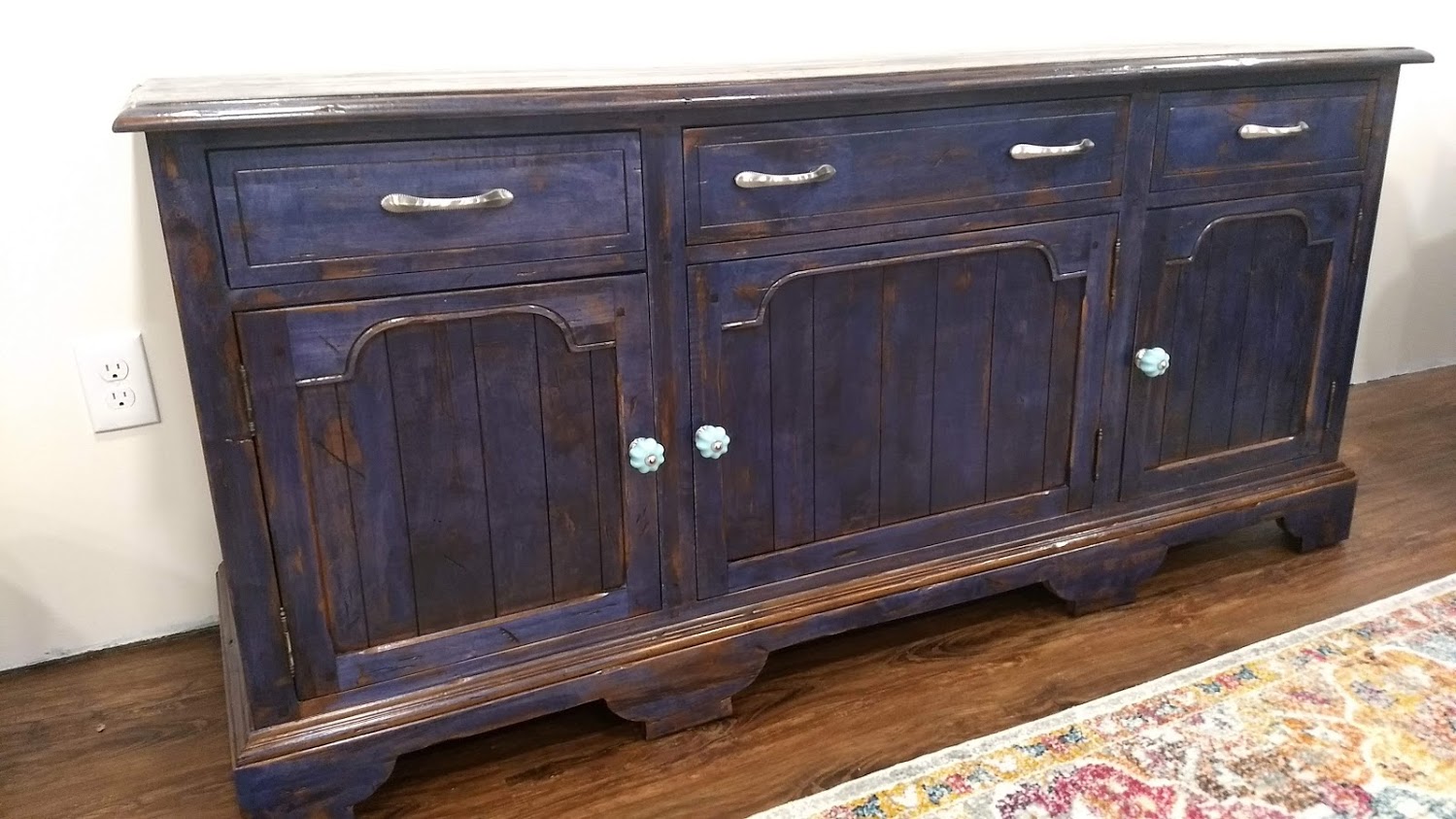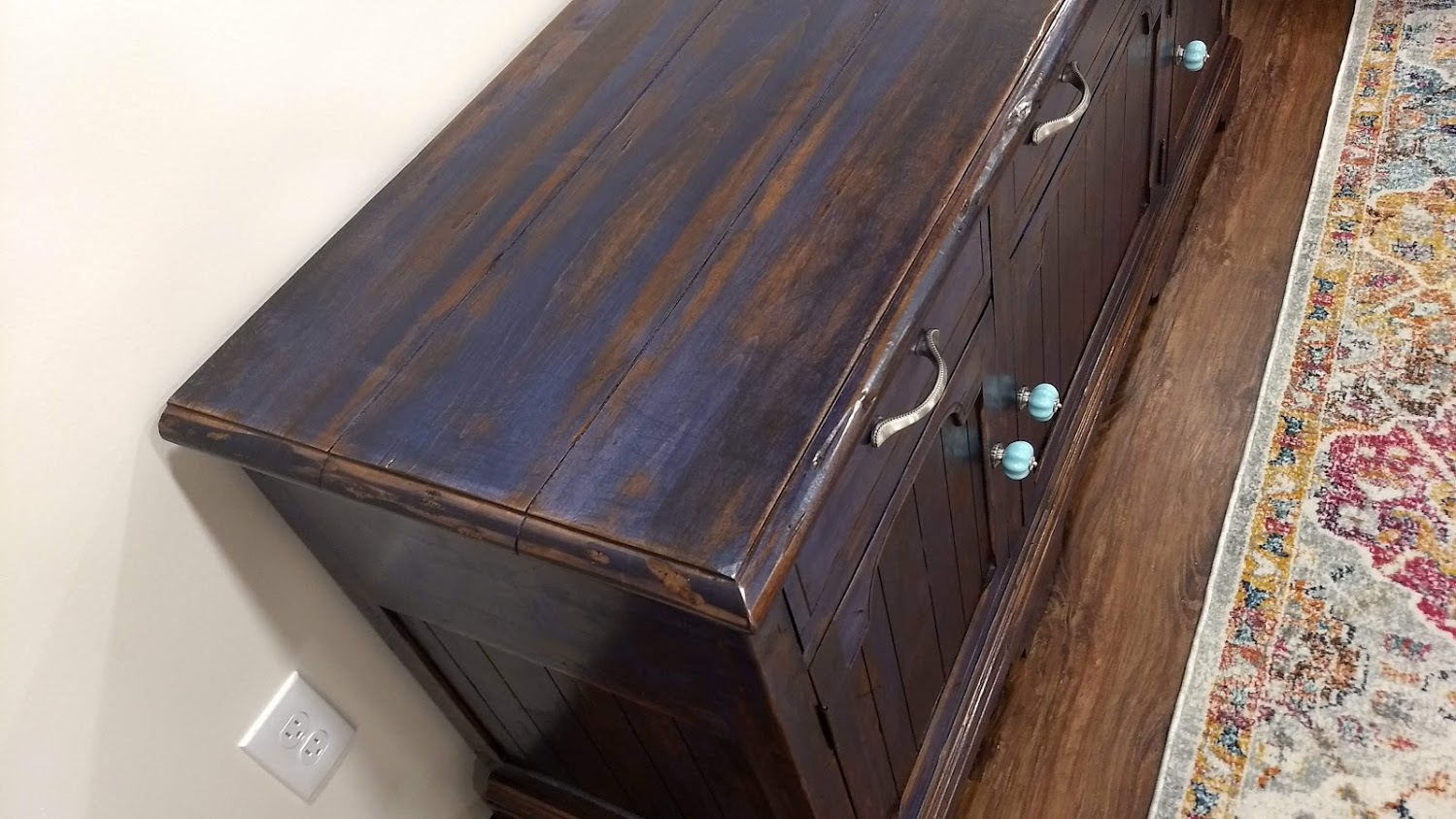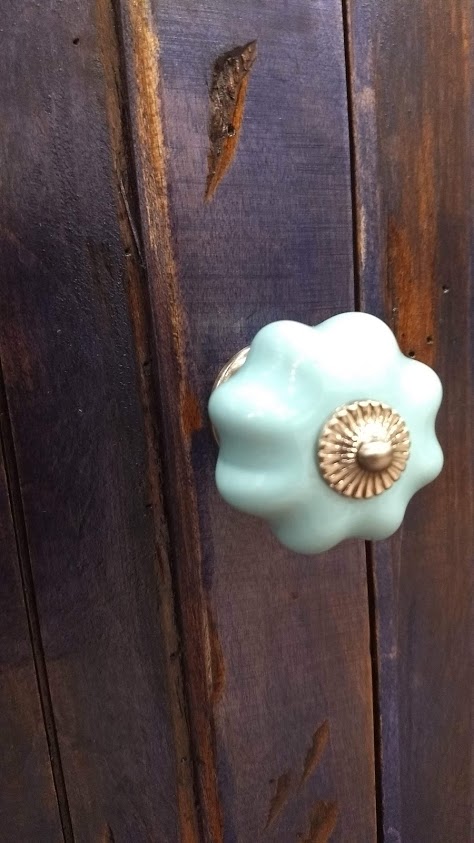1) disassemble
Take off all the hardware and remove the drawers. Lay the pieces on a dropcloth. I do a general tune-up on the piece here. Anything wiggles? Glue it and clamp it overnight. Any furniture tacks sticking out? Hammer them back in. This is also a good time to oil any drawer rollers with WD 40.
2) sand & clean
Use light sandpaper (I prefer a sanding sponge) to take off the top layer so the paint can adhere. Smooth out any cracked spots and remove any loose paint. Wipe it with a damp cloth.
3) whitewash
Mix water-based paint with water in a 1:1 ratio (equal parts) for a standard look, or add more paint for more coverage, less paint for less coverage.
Apply the mixture with a paintbrush, wait 1-3 minutes (depending on your color preference), then wipe it off/in along the grain of the wood. I used an old t-shirt which left just enough paint on and let me give nice, weathered streaks. The first coat mostly wiped off, so I left the second coat on for longer and allowed the layers to build.
Be sure to let it dry at least a little (it dries fast, maybe 10 minutes) between coats. For this piece, I applied 6 coats total because I wanted it mostly white. If you make any mistakes, this stuff is incredibly forgiving. Wipe drips with a wet cloth, then do the area again if it gets too light.
4) protective coating
When the paint is good and dry (I waited two hours), apply a water-based polyurethane coat. Because even this reddish cherry wood took on a blue hue, I picked a poly with faint yellow tones, and I’m very pleased with the results. (I use triple thick because it goes on faster, but be careful, it’s prone to brushmarks.) It has both cool and warm undertones, like age wood should. I did one coat on the entire piece, then a second on the tops only (where my books will live), and then a third on the tops of the drawers because the previous stain was pretty cracked there and I had done a lot of sanding in that location.
5) reassemble
I stupidly let paint drip into my drawer rollers, so I needed to do some cleaning (learn from my mistake and don’t do that!), but then all that was left was putting the hardware back on. I would usually have replaced it, but this stuff looks kind of awesome with the white.

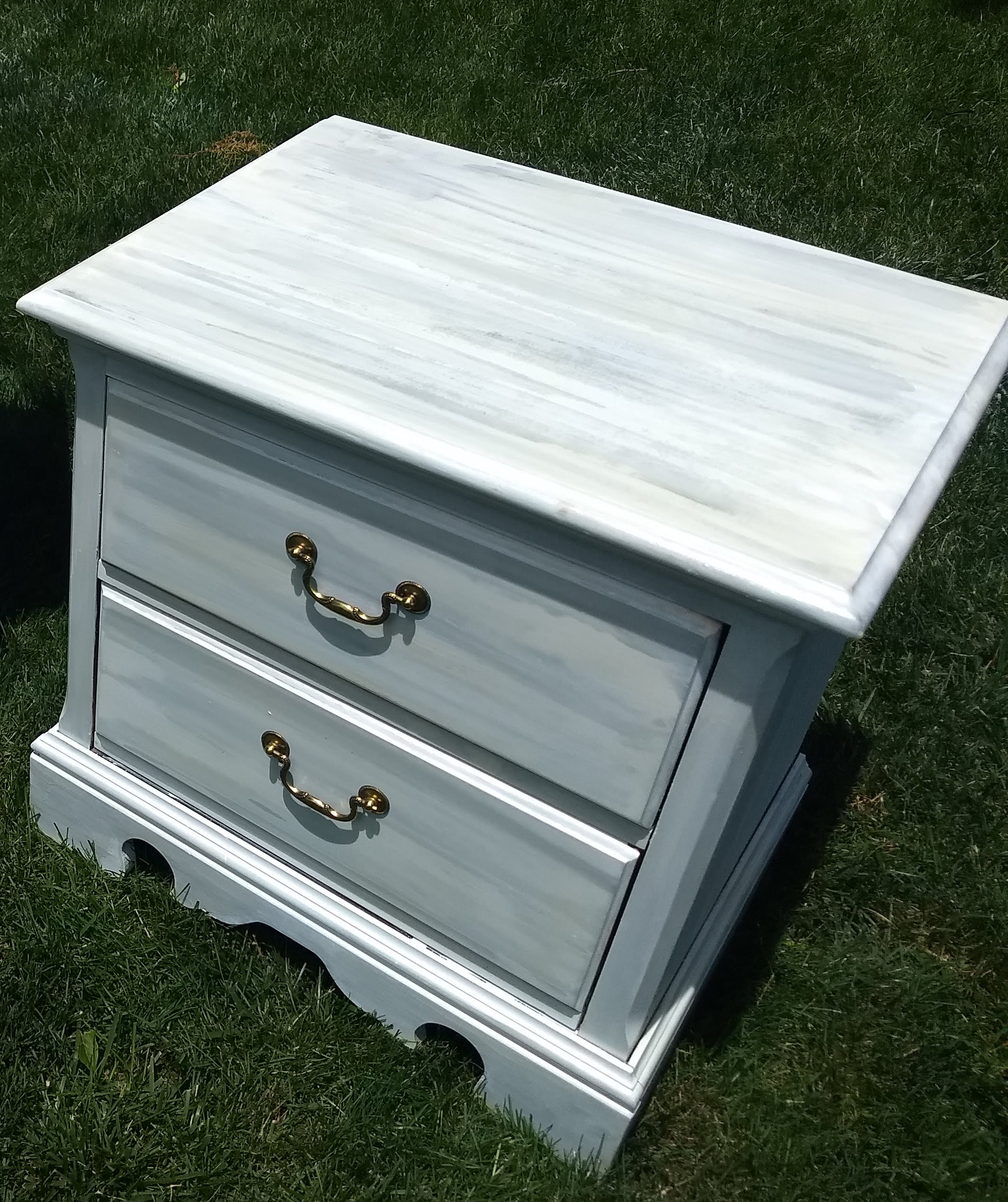




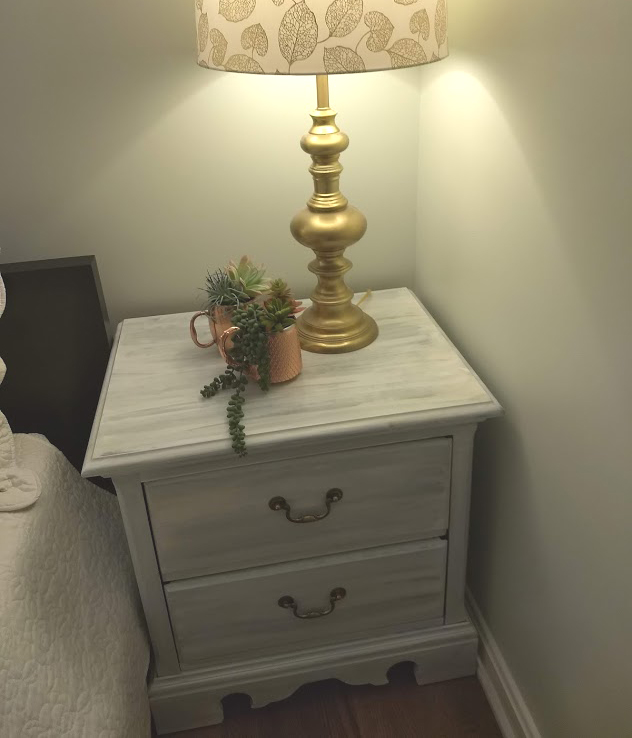
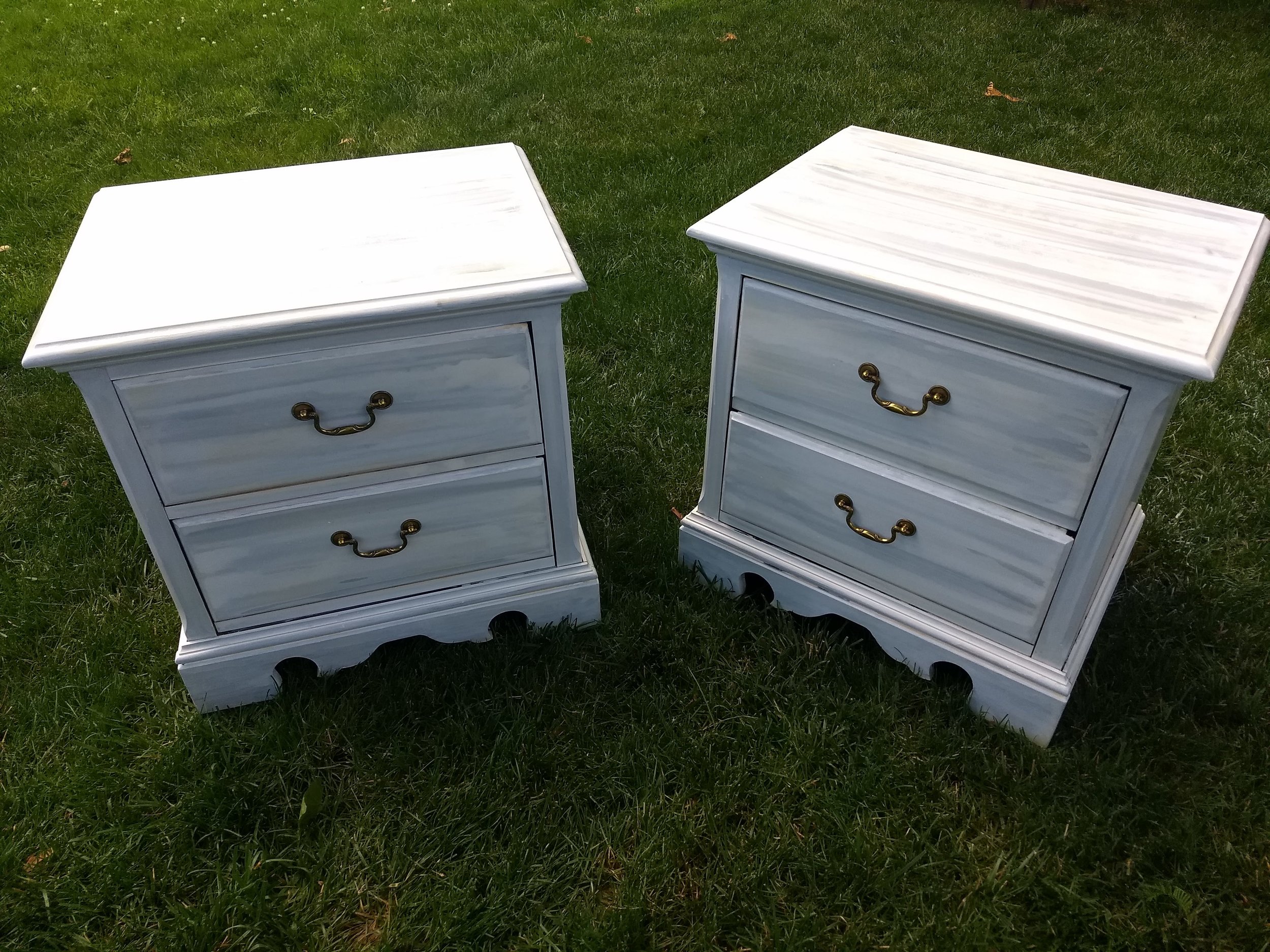

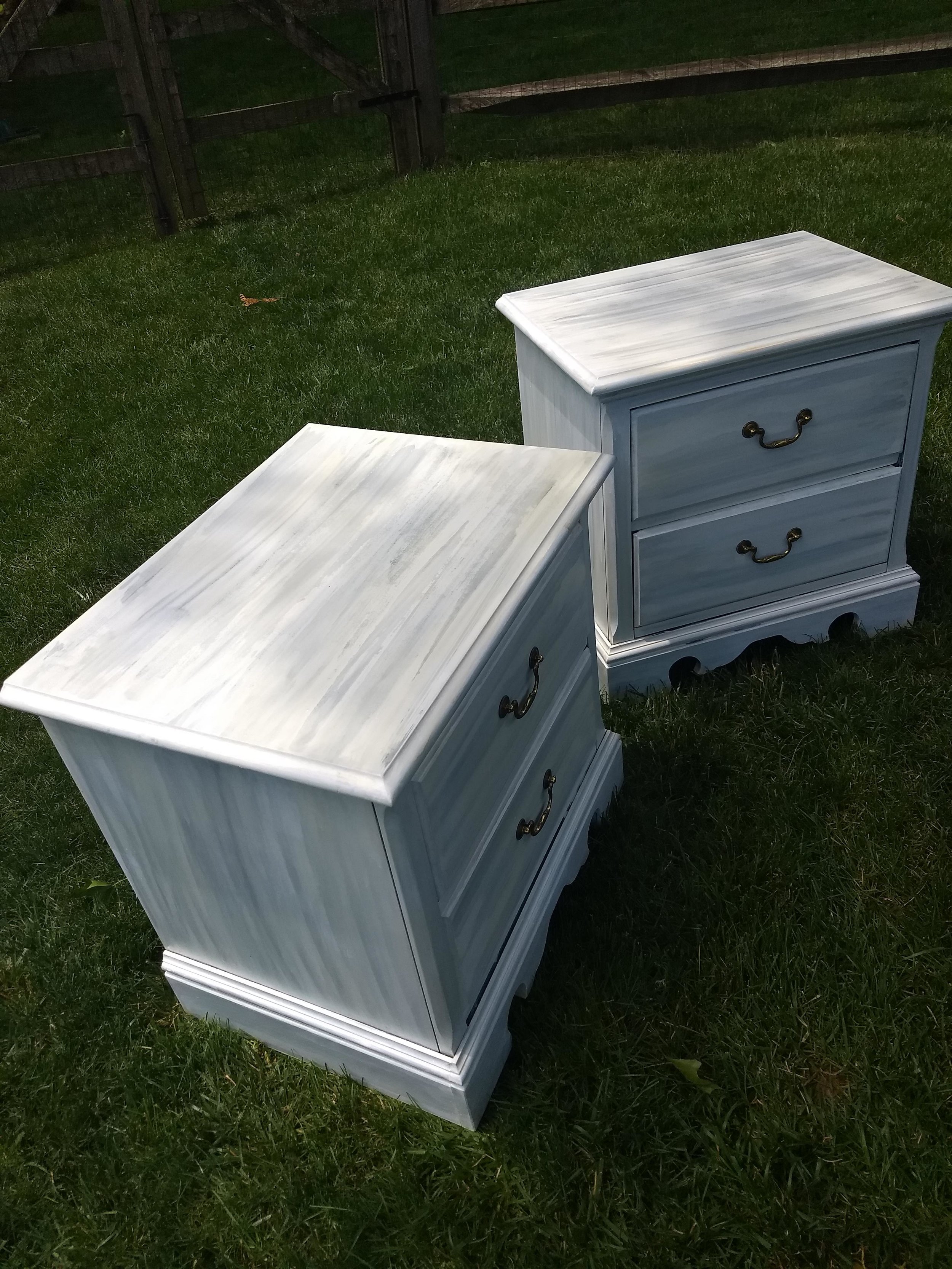

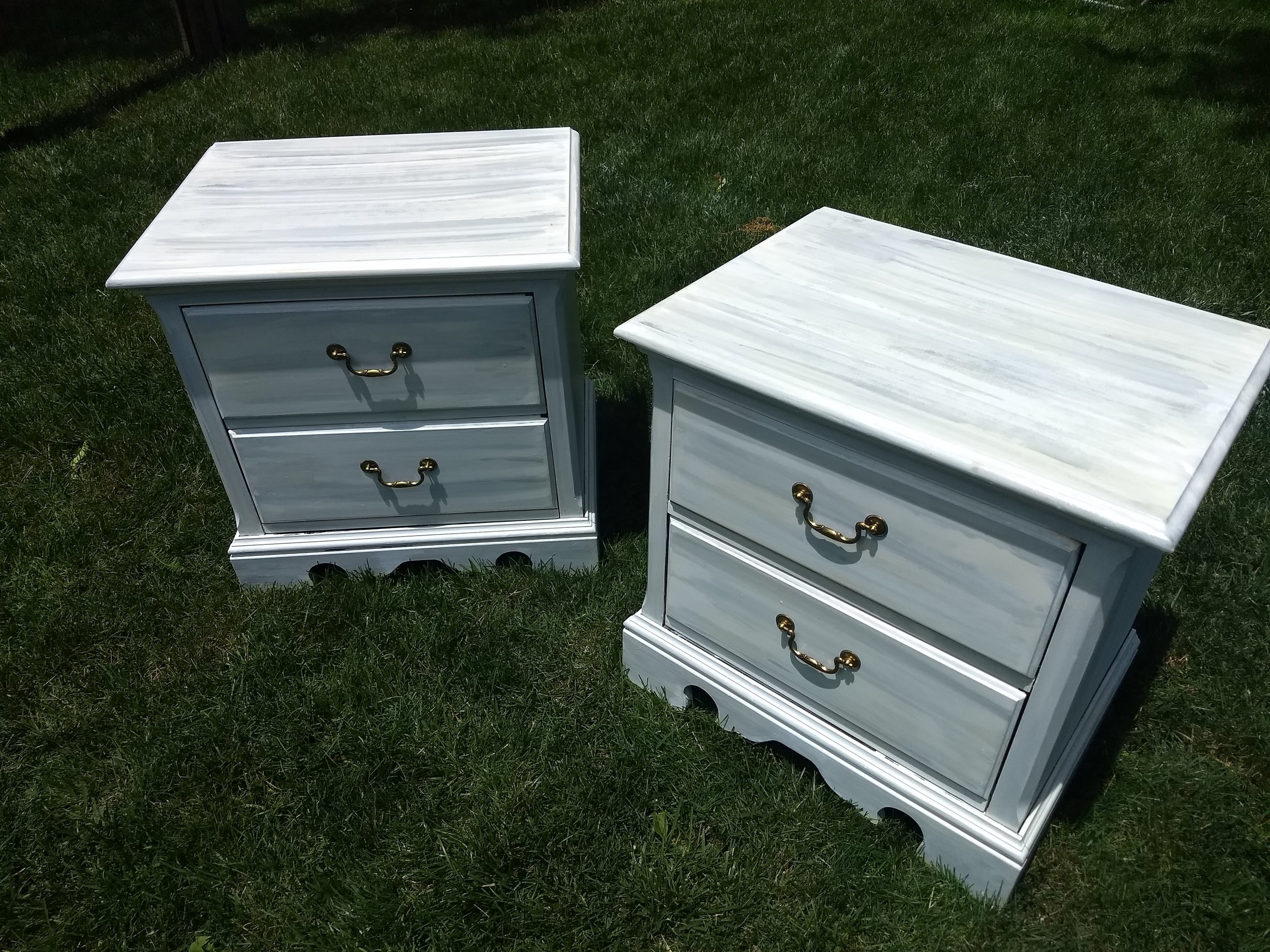










![1251065-0117[5].jpg](https://images.squarespace-cdn.com/content/v1/57b64ed6ff7c50cc36780ef4/1540668318125-39S59ZYTU1SJFC9Z8TOD/1251065-0117%5B5%5D.jpg)
![1347749-a-1116[5].jpg](https://images.squarespace-cdn.com/content/v1/57b64ed6ff7c50cc36780ef4/1540668323557-A4T52UI8HAC6QAW6WBNH/1347749-a-1116%5B5%5D.jpg)

![1420595-0417[5].jpg](https://images.squarespace-cdn.com/content/v1/57b64ed6ff7c50cc36780ef4/1540668407876-IMFKG5TTSYUUB5IO0ZNF/1420595-0417%5B5%5D.jpg)


